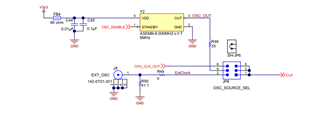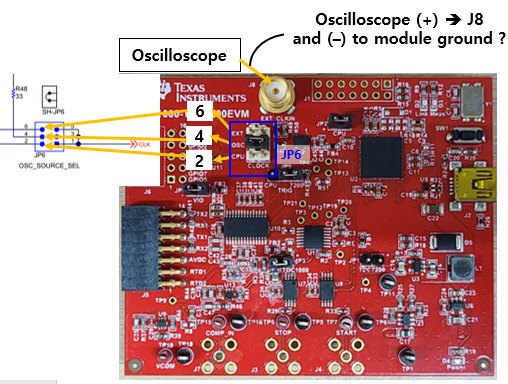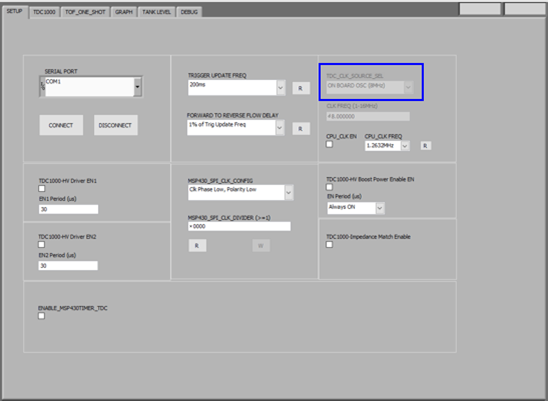Other Parts Discussed in Thread: MSP430F5528, TUSS4470
Good morning, there.
I am Minrak working in KIST and I encountered problem using ultrasonic transducer.
I want to decrease the water tank size so I tried decreasing transducer size from 10 mm to 7 mm.
Before changing tank size, I tried using the transducer size with 7 mm (DISC) instead of 10 mm (DISC) and filled water to 1 cm from the bottom of tank (tank thickness is 3 mm, tank geometry is shell with inner diameter of 12 mm, so higher than 10 mm).
All set-up was the same for 10 mm and 7 mm as well. But the water level is not correct for 7 mm and I know it as there is no TOF change when I increased water level from 1 cm to 2 cm.
For 10 mm, it works well.
So I am asking for help how to make it correct. What GUI setting or physical configuration change for 7 mm?
Please check the specs from the website links of STEMINC.
Here, I attach the specs of each (10 mm, 7 mm transducers) and GUI settings. The GUI setting was the same as in the last picture.
Previous (10 mm):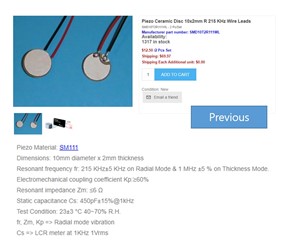
(Website link: https://www.steminc.com/PZT/en/piezo-ceramic-disc-10x2mm-r-215-khz-wire-leads-smd10t2r111wl)
Current: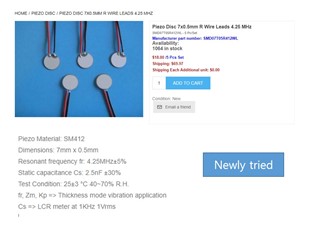
(Website link: https://www.steminc.com/PZT/en/disc-7x05mm-r-wire-leads-4-mhz)
GUI setting
: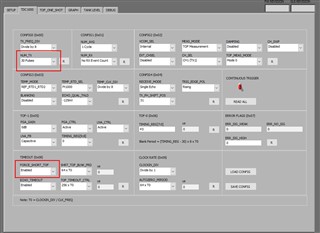
The most difference seems to be frequency and capacitance. But as you have more expertise in this field, could you please give me advice?
Best regards,
Minrak





